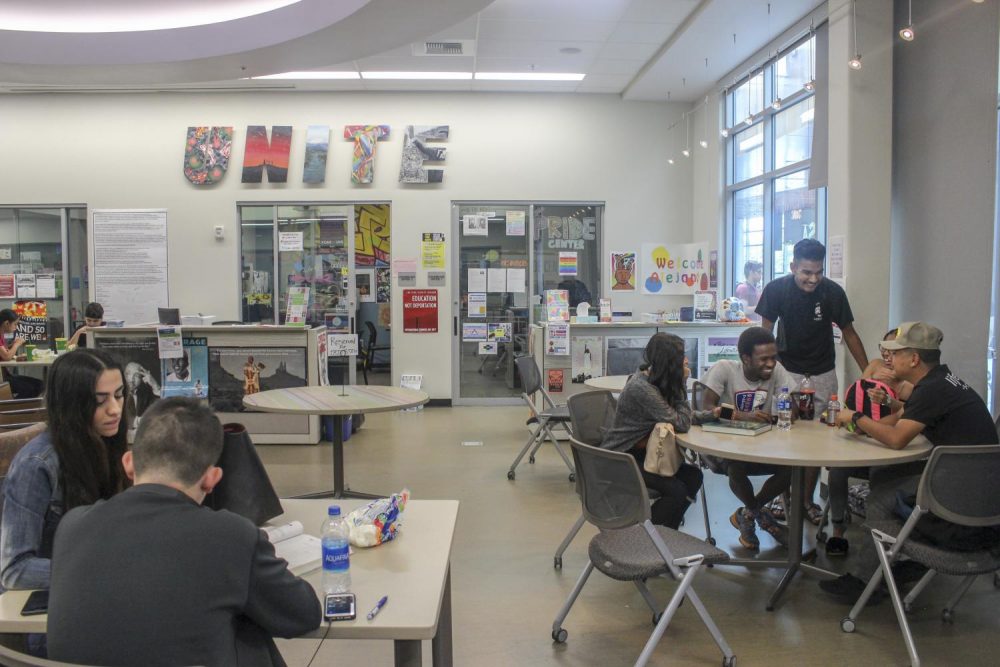American River College is undoubtedly a diverse campus. There are students here from all around the world, students with disabilities, and students who are a part of the LGBTQ community. However, there are steps that ARC could take to become a more inclusive campus.
An inclusive campus can make or break a student’s academic success. It’s one thing for a campus to be diverse but it’s another thing for that campus to also welcome and embrace those diversities. In order for any college campus to be inclusive, institutions must create spaces where students feel like they have a voice.
Unfortunately, many college campuses tend to miss this mark, leaving students of color, LGBTQ students, and students with disabilities feeling out of place and unwanted.
Just because a classroom is filled with diverse faces, hoping for the best does not suffice when it comes to creating a campus environment that welcomes everyone.
Assata Esperanza is a political science major; she’s also black and part of the LGBTQ community. Esperanza says the campus could do more for students who are minorities.
“Even though there are different clubs for students of color and for students who are LGBT, I think teachers should be trained to be more empathetic to students facing different adversities,” Esperanza said.
Professors are the backbone of college campuses and it’s their job to help create open and safe spaces for their students. Diverse faculty members are integral to inclusion and the student experience.
“I’ve been here for almost three years now and I’ve never once had a professor who wasn’t white and that’s a problem,” Esperanza said.
It doesn’t take a large amount of money or over the top gestures to make a more inclusive campus. Often times, open dialogue and conversations between students and staff can increase awareness to certain issues.
Another easy way to open up classrooms to more students is not only giving teachers more diversity and sensitivity training, but also adding more training on working with students who have different disabilities and learning challenges.
I am a student at ARC and I have had classes with students who are hearing-impaired and communicate using an interpreter. Although ARC offers deaf students interpreters, having teachers who can communicate with all of their students can create a more inclusive classroom.
This kind of training for professors could be lengthy and possibly costly, but in the long run this kind of specialized training could enhance every students’ experience in the classroom.
American River College offers all of its students a safe space in the Hub which is located in the Student Center. I think that every place on campus should be a place where students feel safe expressing themselves.
Dru Williams, an architecture major, says there have been times he didn’t feel comfortable opening up to staff at ARC.
“My first year here someone called me a racial slur and even though I wanted to tell someone, I thought they wouldn’t care enough to do anything about it,” Williams said.
Inclusion doesn’t happen overnight, it takes effort and openness in order for a campus to be completely inclusive to everybody enrolled. We need to understand what it means to be an ally and embody those values using consistent activism and action.










![“I feel like it could ultimately depend on how you use it. AI could be a great resource if you have a question or if you need a quick reminder of something or [...] if you need ideas. But if you’re using it to copy or take other people’s credit for something you didn’t do, I feel like that’s something that really discouraged a lot of people from using it.” Hope Kue | General Science (Photo by Cameron Duncan)](https://www.arcurrent.com/wp-content/uploads/2025/08/hope-1200x800.jpg)


